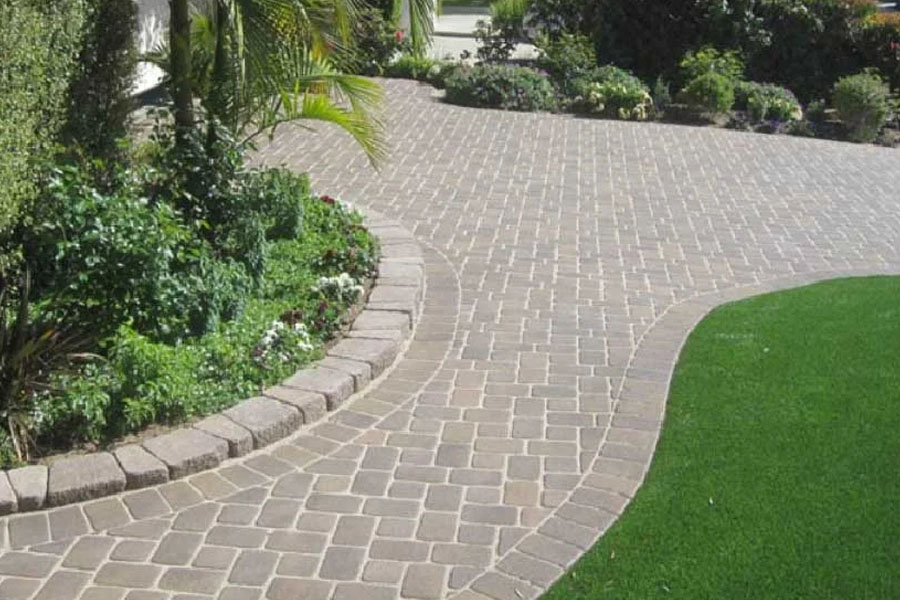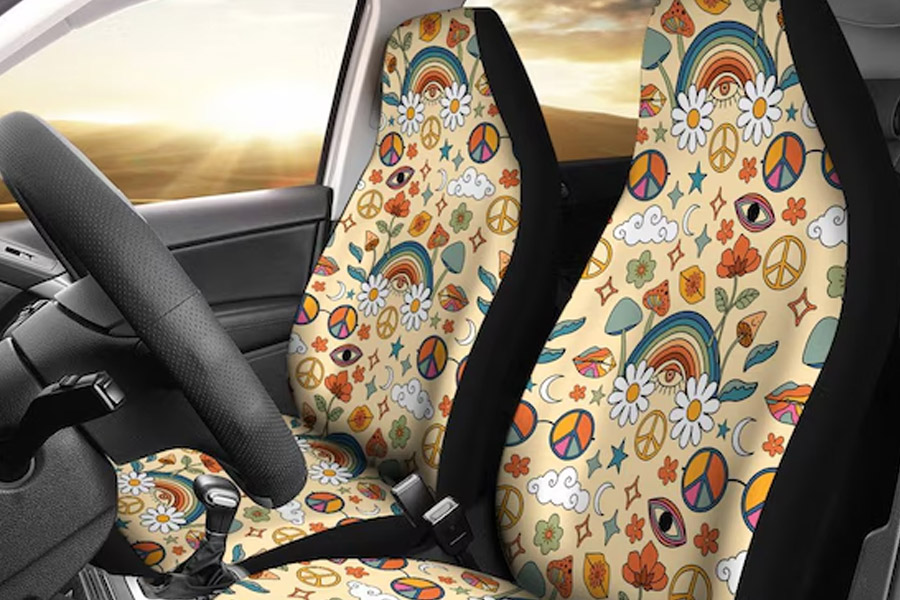Now Reading: Benefits of Installing Interlock Paver Walkways in San Diego Homes
-
01
Benefits of Installing Interlock Paver Walkways in San Diego Homes
Benefits of Installing Interlock Paver Walkways in San Diego Homes

A front-row seat to outdoor living
In San Diego, the yard is an extension of the living room — sunlit mornings, balmy evenings, and backyard moments make outdoor space essential. A well-crafted walkway does more than lead the way; it sets the scene. Interlock paver walkways, with their puzzle-like fit and design flexibility, turn ordinary paths into cinematic approaches that invite guests and guide daily life with style.
Curb appeal that actually sticks around
First impressions matter, and the pathway to your home is an opening shot. Interlock pavers offer a polished, intentional look that plain concrete can’t quite match. Because the units interlock, you can create everything from subtle herringbone patterns to flowing, organic curves that echo your landscaping. Color, texture, and pattern choices let the walkway become part of the home’s personality — warm terracotta for Mediterranean vibes, cool greys for minimalist modernity, or textured stones for rustic charm.
Built for the local climate
San Diego’s weather feels forgiving, until you factor in long sun exposure and the occasional heavy rain. Interlock pavers handle both extremes better than many alternatives. Their small gaps allow for natural movement as temperatures shift and the ground settles, which dramatically cuts down on the cracking you see with poured concrete. When installed with a permeable base, they also breathe, shedding water more naturally and reducing runoff — a big practical plus for coastal and hillside yards.
Low-fuss repairs and maintenance
One of the nicest practicalities of interlock pavers is how repairable they are. A stained, cracked, or shifted section doesn’t mean an all-out demolition — you lift out the affected pavers, address the issue, and drop replacements in like pieces of a puzzle. Routine upkeep is equally simple: a sweep, a rinse, and, every few years, a sealant application to lock in color and resist staining. It’s modular, forgiving, and built for homeowners who prefer smart fixes over dramatic overhauls.
Safer surfaces for family life
Walkways should welcome footsteps, not trips. Pavers offer texture and grip that reduce slipperiness after rare San Diego rains or around pool areas. That textured surface, combined with slight flexibility, also softens the impact on joints — a subtle comfort that adds up during daily use by kids, seniors, and pets. In short: they’re attractive, and they make the yard safer to move through.
Design freedom — make it yours
If your house had a soundtrack, the walkway sets the tempo. Interlock pavers let you choreograph every step: inlaid borders, alternating colors, or stone-like textures that complement planting beds and hardscape features. Want a narrow, winding stroll through a garden or a broad, stately approach to a porch? The system adapts. Because the design options are broad, you can align the path with architectural style and landscape narrative, not shoehorn one into the other.
Adds tangible value and buyer appeal
Upgrades that boost both form and function read well to prospective buyers. A thoughtfully installed interlock paver walkway signals maintenance, aesthetic care, and attention to detail — factors that often sway first impressions during a showing. In competitive markets, a curated outdoor arrival experience can be a differentiator that nudges perception in favor of a property.
Environmentally smart choice
Many interlock systems are designed with sustainability in mind. Permeable installations let water infiltrate the ground instead of running straight to storm drains, which helps with erosion control and groundwater recharge. Pavers can also be made from recycled content, and their longevity means less waste over time compared with materials that need frequent replacement. It’s an option that looks good and treads lighter on the landscape.
Extends how you use the yard
Walkways do more than connect points A and B; they define how a yard is lived in. A well-placed path directs foot traffic away from delicate plantings, reduces soil compaction, and frames outdoor rooms like a patio, fire pit, or pool deck. Because pavers are modular, you can add to or reroute paths later without starting over — perfect for homeowners who like to evolve the landscape in phases.
Material considerations and practical tips
Choosing the right paver type depends on aesthetic goals and practical needs. Concrete pavers are versatile and budget-friendly; natural stone reads high-end and blends beautifully with rock gardens; permeable pavers help manage runoff. For coastal properties, pick corrosion-resistant edge materials and consider a base design that withstands both moisture and shifting soils. Small details — the right joint sand, a stable compacted base, and proper edge restraints — make the installation perform for decades.
When to call a pro
Many homeowners can handle basic cleaning and spot repairs, but complex grading, drainage solutions, or installing permeable systems are jobs where experience matters. A professional installer will evaluate soil, slope, and irrigation interactions to ensure the walkway not only looks great but performs reliably through seasons and years.
FAQ
What makes interlock pavers better than concrete?
Interlock pavers accommodate movement and temperature changes, reducing cracks; they’re also easily repaired by replacing individual units rather than repouring an entire slab.
How much maintenance do paver walkways need?
Maintenance is minimal: occasional sweeping, rinsing, and resealing every few years will keep pavers looking fresh and help prevent staining.
Are permeable pavers necessary in San Diego?
Permeable pavers are a smart choice for managing runoff and reducing erosion, especially in areas where water drainage and groundwater recharge matter.
Can I install pavers around a pool safely?
Yes — choose slip-resistant textures and proper drainage details to prevent pooling and improve safety around pool decks.
Do pavers increase property value?
Yes, well-designed and professionally installed paver walkways often enhance curb appeal and can positively influence buyer perception during resale.





















